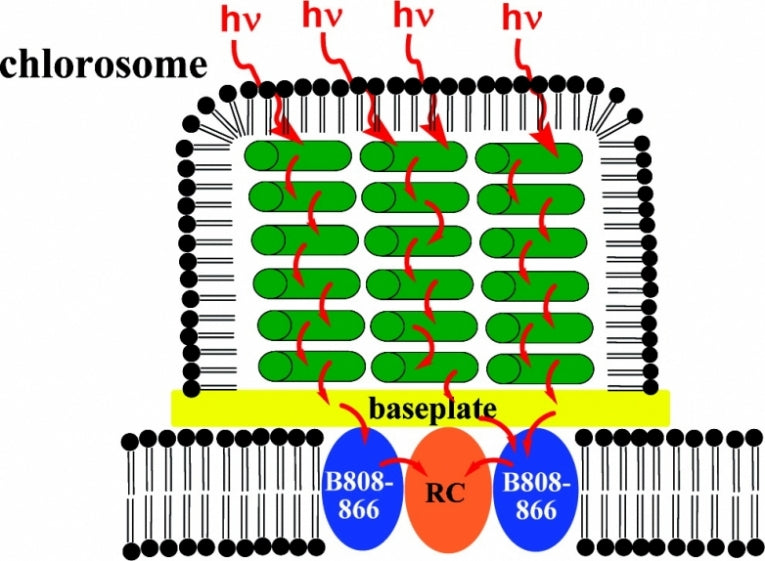The quest for ever-more efficient solar cells has led scientists into a deeper investigation of how solar energy is harvested amongst a range of organisms. Now that quest has delved a little deeper, with new research using a neutron probe - known as the Bio-SANS instrument - that has been published in the journal Langmuir. It has opened up the nanoscale to the team of scientists at Oak Ridge National Laboratory (ORNL), who are looking at how green photosynthetic bacteria gather light so efficiently.
The structures that collect the sunlight in these bacteria are called chlorosomes, and interest scientists because of their ability to work even in poor light conditions, or extreme temperatures. But because they are so tiny, working out the details of how they manage this, is difficult. It is important to understand this, however, if scientists are to be able to develop new bio-solar cells that mimic bacterial effectiveness.
Research scientist Volker Urban, of ORNL's Center for Structural Molecular Biology (CSMB), says these chlorosomes are ''one of the most efficient light harvesting antenna complexes found in nature... What's so amazing about the chlorosome is that this large and complicated assembly is able to capture light effectively across a large area and then funnel the light to the reaction center without losing it along the way.''
The probe the team used was powered by CSMB's High Flux Isotope Reactor, and employed small-angle neutron scattering. This allowed the chlorosome structure to be explored in minute detail, without damaging it. The researchers, including some from Washington University in St. Louis, found that the chlorosome structure was very stable for a range of temperature and ionic conditions.
That could make it very useful for solar energy applications. Urban said. "This is important for potential biohybrid applications - if you wanted to use them to harvest light in synthetic materials like a hybrid solar cell, for example." It may be that the solar power of the future will be inspired by the first, and best, solar-powered organisms on the planet.










